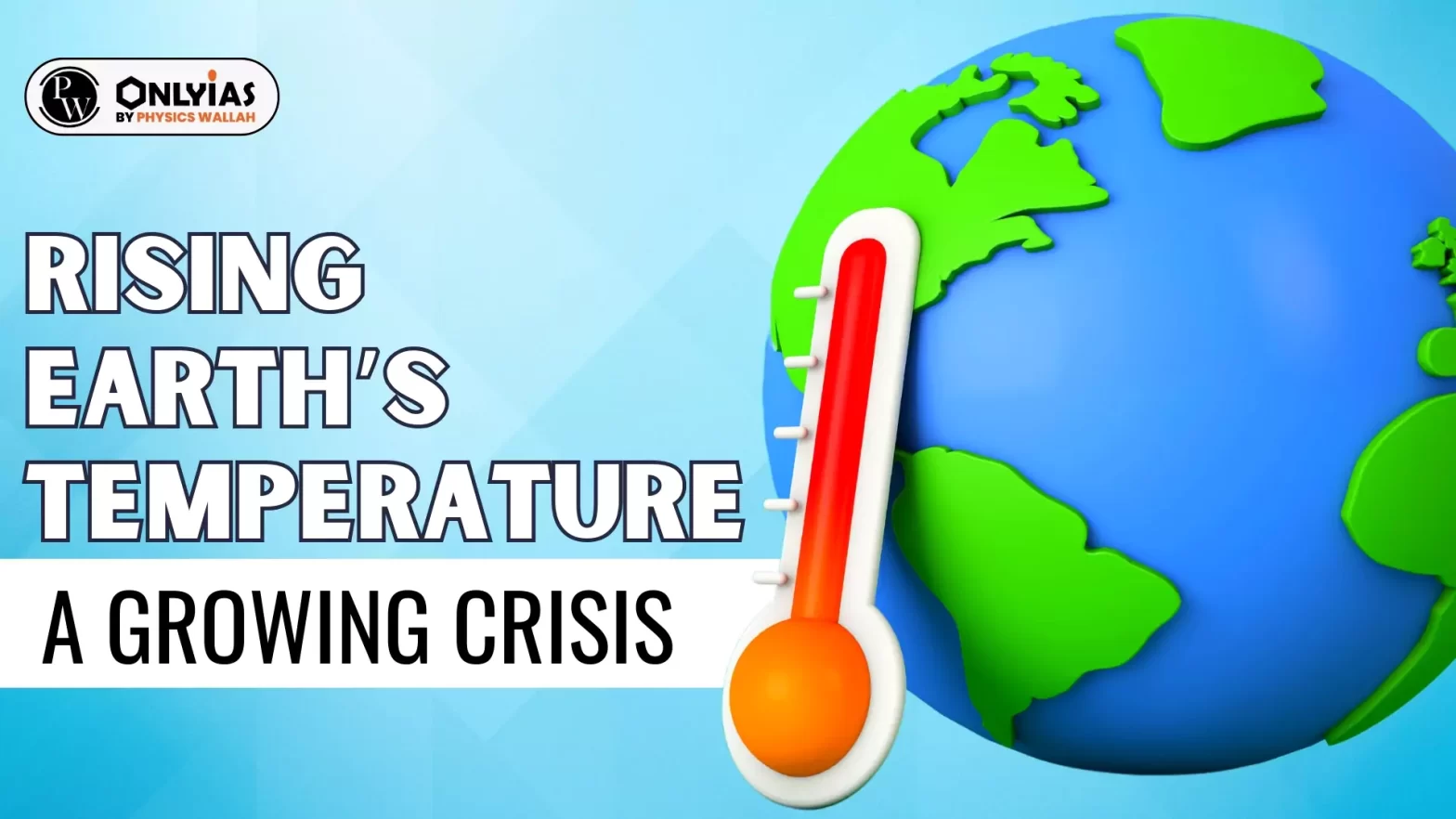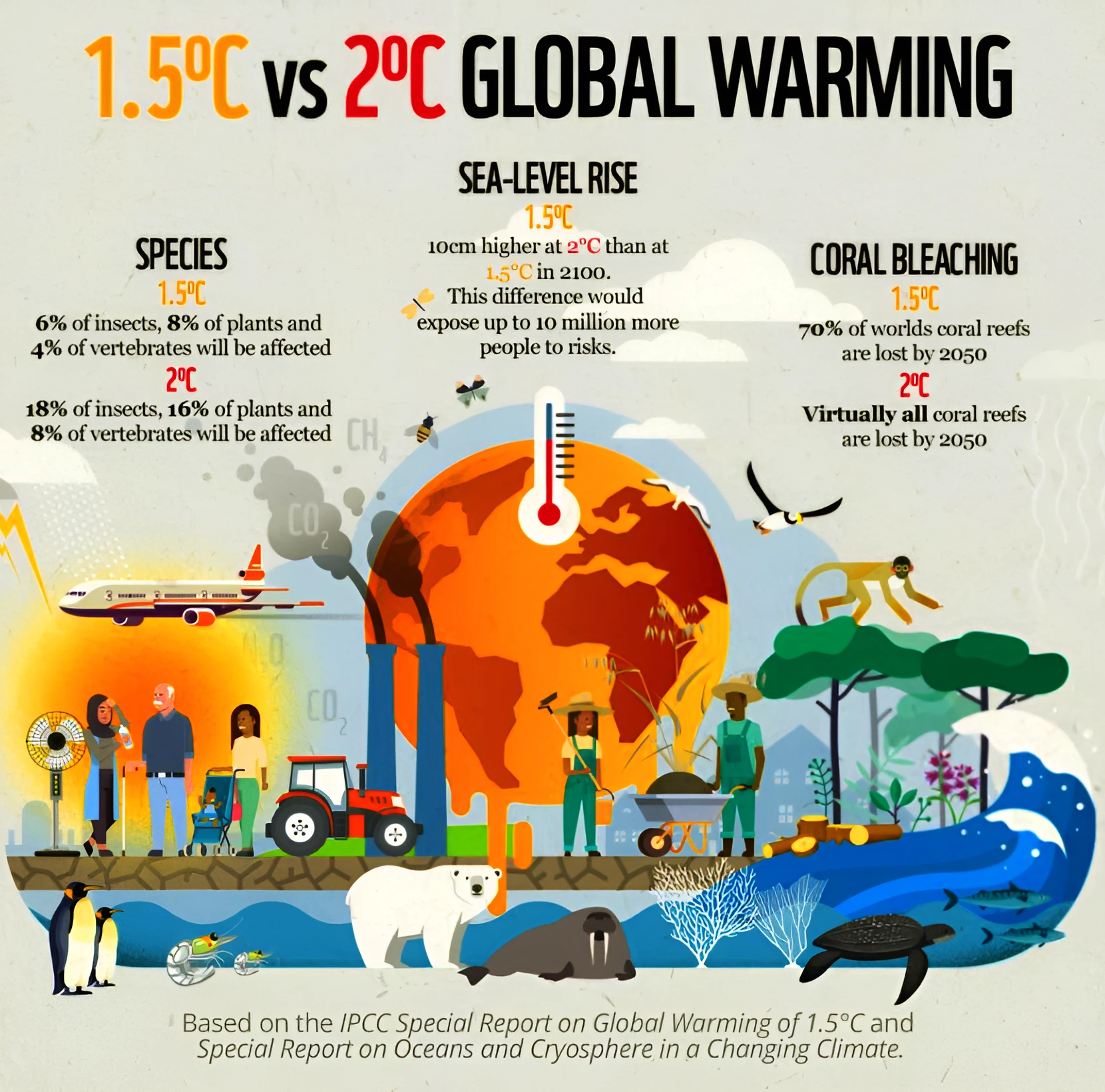![]() 23 Jan 2024
23 Jan 2024

This article is based on the news “Warming up to climate change: What is the 1.5 degree Celsius threshold, and what happens when we breach it?” which was published in the Indian Express. According to NASA, the average global temperature on Earth has increased by at least 1.1 degrees Celsius since 1880.
| Relevancy for Prelim: Greenhouse Effect, Climate Change, IPCC Seventh Assessment Cycle, and Climate Change & Mitigation Strategies, and Global Climate Report 2023: By WMO.
Relevancy for Mains: Rising Earth’s Temperature: Factors, Challenges and Strategies For Mitigation of Climate Change. |
|---|
About Greenhouse Gases (GHG)
|
|---|

 Emerging Technology to Tackle Climate Change: Technology plays a crucial role in mitigating climate change by providing innovative solutions to reduce greenhouse gas emissions and mitigate damage to the planet.
Emerging Technology to Tackle Climate Change: Technology plays a crucial role in mitigating climate change by providing innovative solutions to reduce greenhouse gas emissions and mitigate damage to the planet.Also Read:
| Must Read | |
| NCERT Notes For UPSC | UPSC Daily Current Affairs |
| UPSC Blogs | UPSC Daily Editorials |
| Daily Current Affairs Quiz | Daily Main Answer Writing |
| UPSC Mains Previous Year Papers | UPSC Test Series 2024 |
<div class="new-fform">
</div>